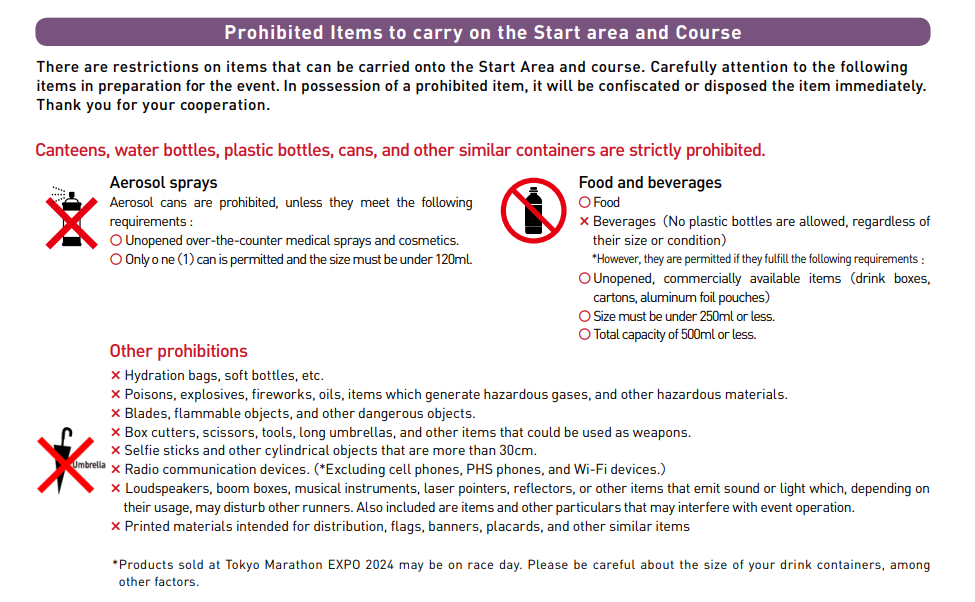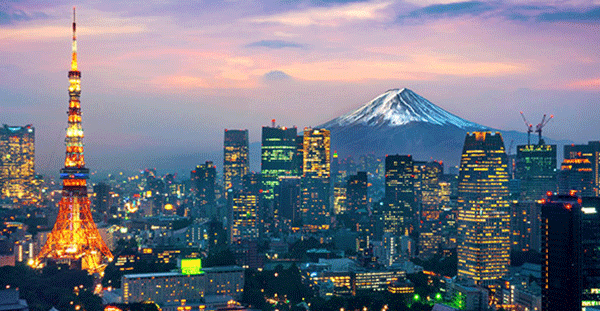As one of the six world majors, the Tokyo Marathon is a huge deal for runners in Japan and around the world. Starting at the Metropolitan Government Building and ending at Tokyo Station, the route winds through both modern and historic parts of the city, passing landmarks like the Imperial Palace and Tokyo Tower.
One special character about this marathon is its mix of tradition and innovation. Runners dash past both ancient temples and futuristic skyscrapers, getting a real taste of Tokyo’s unique blend of old and new.
Tokyo Marathon has its own vibe, showcasing Japan’s culture and hospitality. It’s a celebration of determination and community spirit, where runners share the streets with enthusiastic supporters, making every step a memorable journey through the heart of Japan’s bustling capital city.
Tokyo Marathon at a Glance
- Upcoming Race: March 2, 2025
- 2023 Participants: 38,231
- 2023 Finishers: 36,560
- 2024 First Place (Men’s): 2:02:16
- 2024 First Place (Women’s): 2:15:55
- Official Website: Tokyo Marathon
(A) Tokyo Marathon Course Map and Route Info
Scroll to zoom in and out. Click and hold to move around. Click on icons to see more race info such as gel stations and notable sights along the route. Water and aid stations are not marked on the map because there are plenty. Map route was downloaded from Tokyo Marathon’s official website.
Tokyo Marathon has a flat and fast course. Right from the start, it’s a gradual downhill run. After about 4 miles, it’ll be virtually flat without any major elevation gains or losses.
Unlike most international marathons, there is essentially no mile markers along the route, only in kilometers. If you’re used to reference your run in miles, this is something to keep in mind.
Tokyo, and Japan in general, is known for its cleanliness. This applies to the race as well. Absolutely no littering anywhere along the route. There will be giant garbage bins and volunteers holding trash bags for your water cups and gel packets.
It’s often reported by runners that toilets are limited at Tokyo Marathon, especially at the start line. However, our experience in 2024 was that there were plenty of toilets available. It could be that the organizers listened to participants and improved the situation 2024. Along the route there are also toilets installed with clearly marked signs informing you how far the next one will be.
It’s a long walk after the race to the family/friends meeting area, and it can be very cold. It’d be a good idea to pack a coat in your bag drop so you can stay warm.
(B) Tokyo Marathon Elevation Profile Interactive Chart
(Last Updated: 11/16/2023)
(C) Tokyo Marathon Expo
- Bib Number and Race Packet pick up
- Official Asics Store and General Exhibitors
- No admission fee
- Not as big as Boston, or NYC expos
- Located at Tokyo Big Sight South Halls
- 3-11-1, Ariake, Koto-ku, Tokyo, 135-0063
(D) Hotels and Lodging
Many hotels close to the marathon are available, including Hilton Tokyo, Hyatt Regency Tokyo, Keio Plaza Hotel Tokyo, JR Kyushu Hotel Blossom Shinjuku, Hotel Century Southern Tower, and many more.
(E) Transportation
Tokyo has an advanced subway system: clean, safe, affordable, and always on time! If your hotel is close to a subway station, you’re all set. In addition, you can also take a bus to go pretty much everywhere in the city. Keep in mind that Tokyo’s bus system is quite massive and therefore can be confusing to foreign visitors.
(F) Weather
Tokyo weather in early March is often cold and dry, especially at the start in early morning. Prepare to bring some old clothing you can discard.
(G) Tokyo Marathon FAQ
Is Tokyo considered a fast course?
The Tokyo Marathon’s course is mostly flat, with only a few bridges and small hills along the route, so it’s definitely one of the faster routes. The race is held in early March, so the usually cool and dry weather can also help runners achieve personal bests (PB). There are a few 180 degree turns, however, which might add a few seconds to your total time.
Which airport should I choose?
Tokyo has two international airports: Haneda (HND) and Narita (NRT).
If you have a choice, flying into HND may be more convenient because it is practically in the heart of Tokyo.
However, flying into NRT shouldn’t be a concern at all. Although NRT is technically outside of Tokyo, it’s newer, larger, and better suited for most intercontinental flights. With Tokyo’s advanced subway system, you won’t have a problem getting to your destination.
How much is the entry fee for Tokyo Marathon?
For 2024, the entry fee is 16,500 JPY (~$110) for Japan residents, and $160 USD for overseas participants. There is also a $10 bag-checking service fee.
In comparison, Boston Marathon’s entry fee is $230 for US residents, and $235 for international residents.
Is there a chance I might see cherry blossoms in Tokyo?
Probably not. The marathon is held in early March, but Tokyo’s Cherry Blossom Season usually starts in late March, on average 3/25, and ends around mid April. However, full bloom varies from year to year and may be off by a week or so. And in a warm winter, you may actually catch the beginning of cherry blossom.
Do I need a visa to visit Japan?
Citizens from the US, Canada, and many European countries don’t need a visa for short-term visits to Japan (less than 3 months).
In Asia, Singapore, South Korea, Hong Kong, Taiwan and a few others are on the visa exemption list.
For the full list of visa-free countries, please visit the Ministry of Foreign Affairs of Japan.
Do I need proof of vaccination or a negative Covid-19 test certificate?
No, Japan currently doesn’t require any proof of COVID vaccination or testing.
Can I bring a water bottle to the start area?
No, you’re not allowed to bring your own plastic/metal water bottle, and Tokyo Marathon is very strict about this.
The only drinks you can bring to the start area are paper-based water boxes (like a milk carton), or aluminum foil pouches. They must be unopened and store purchased. Package size must be under 250ml (8.45 oz.), and total capacity must be 500ml or less.
See below for a list of prohibited items:

Can I bring food to the start area?
Yes, you may bring some food items to the start area, but there are no trash cans! You’ll have to carry your own trash until you find a garbage bin or dedicated trash collection volunteer.
Are there restrooms in the start area?
Yes. Many runners complained about the lack of toilets at Tokyo Marathon before, especially inside the starting area, but in 2024 the situation seemed to have greatly improved. We didn’t have any problem locating or using a restroom. In fact, along the route there were always volunteers available in case anyone needed assistance.
What’s provided during the race?
There are 15 aid stations along the route that provide water. Some also offer food and gel. More importantly, there’re garbage cans at aid stations so you can dispose your trash right away, otherwise you’ll have to carry them to the next station. Remember, there are no trash cans anywhere else.
Also, you’re supposed to go to the table that matches the last digit of your bib number. For example, if your bib number ends in 8, you’re supposed to go to table #8 at an aid station. However, as you can imagine, this is more like a suggestion rather a rule, as runners simply go to whatever table that’s not busy to grab a drink.

1 thought on “Tokyo Marathon – Course, Elevation and Race Info”